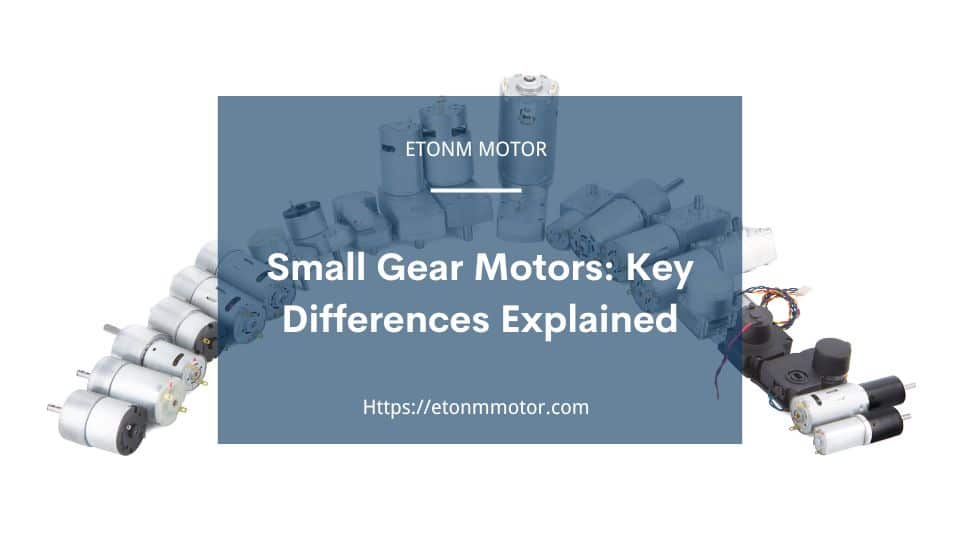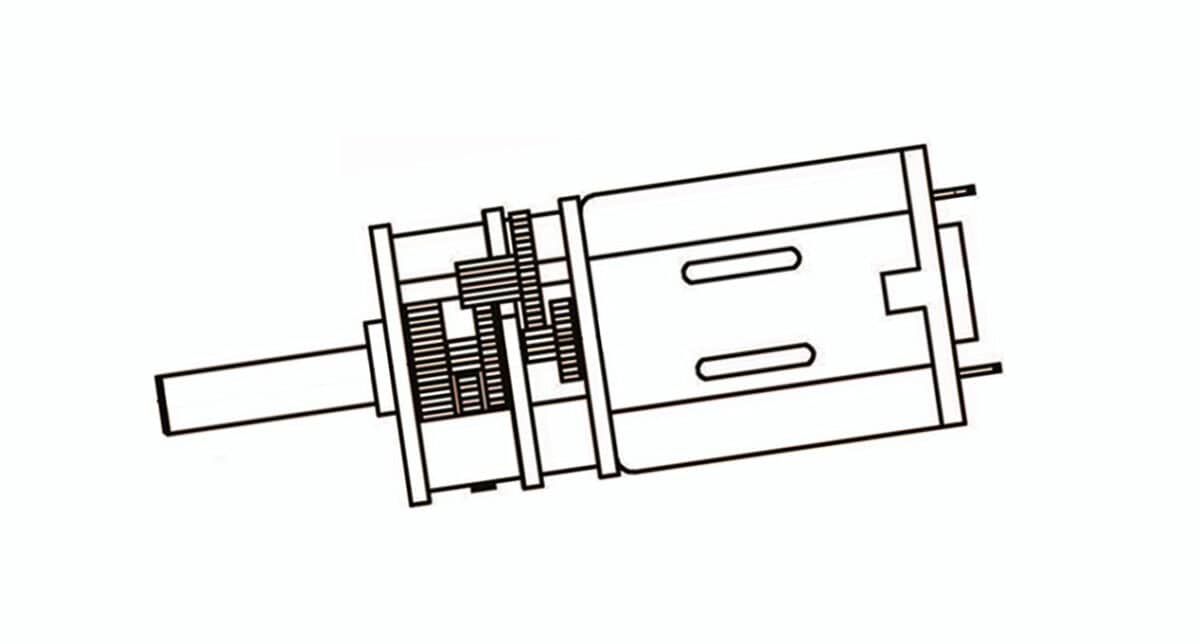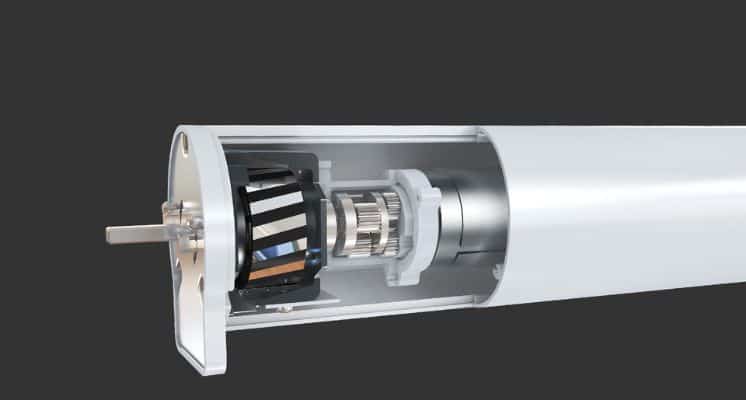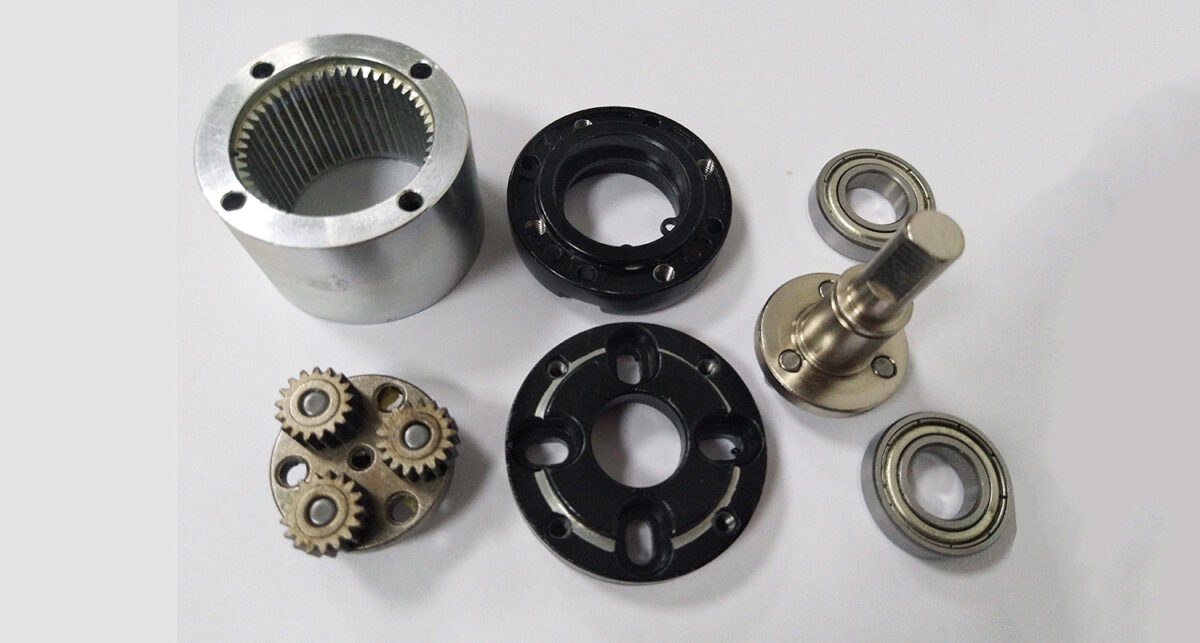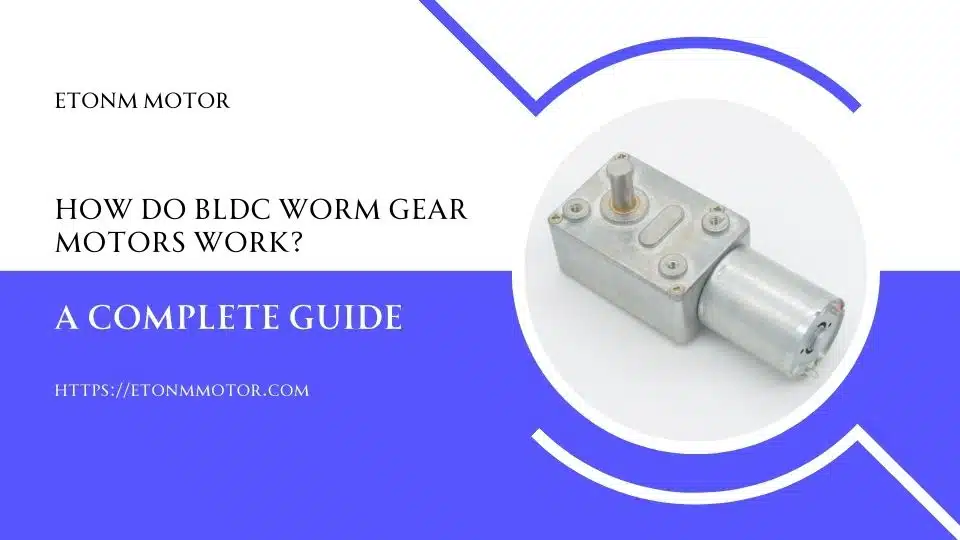"Confused by small gear motors? Discover the key differences between planetary, worm, and more to pick the perfect one for your project."
Table of Contents
Introduction
Ever wondered why one tiny gear motor powers your project like a champ while another just sputters out? If you’ve been scratching your head over small gear motors, you’re not alone. These little dynamos might fit in your palm, but their differences can make or break your smart home gadget, robotics build, or vending machine tweak. Get the choice wrong, and you’re stuck with a motor that’s too noisy, too weak, or just plain overkill. Nail it, though, and your device runs like it’s got a mind of its own—in a good way.
That’s why understanding the differences between small gear motors matters. From planetary to worm, each type has its own personality—some are built for brute strength, others for whisper-quiet finesse. At Etonm Motor, we’ve spent years perfecting these pint-sized powerhouses for all sorts of applications. In this guide, we’re spilling the beans on what sets them apart, so you can pick the right one without the guesswork. Let’s dive in and sort out the small stuff that makes a big impact!
What Makes Small Gear Motors Different?
So, what’s the deal with small gear motors? At their core, they’re just what they sound like: compact motors paired with gearboxes to tweak speed and torque. But don’t let their size fool you—these little guys pack a punch, driving everything from your smart thermostat to a robotic arm. The catch? Not all small gear motors are cut from the same cloth, and that’s where the magic (and the headaches) come in.
What sets them apart boils down to a few biggies: how they’re built, what they’re good at, and where they fit best. Different small gear motor types—like planetary, worm, or flat—bring their own flavor to the table. Some crank out serious torque in a tight space, others keep things quiet and cheap. Why does this matter? Because picking the wrong one could mean a noisy security lock or a medical gadget that quits too soon. At Etonm Motor, we’ve seen it all—motors that shine and ones that flop. Stick around, and we’ll unpack the differences that’ll steer you right.
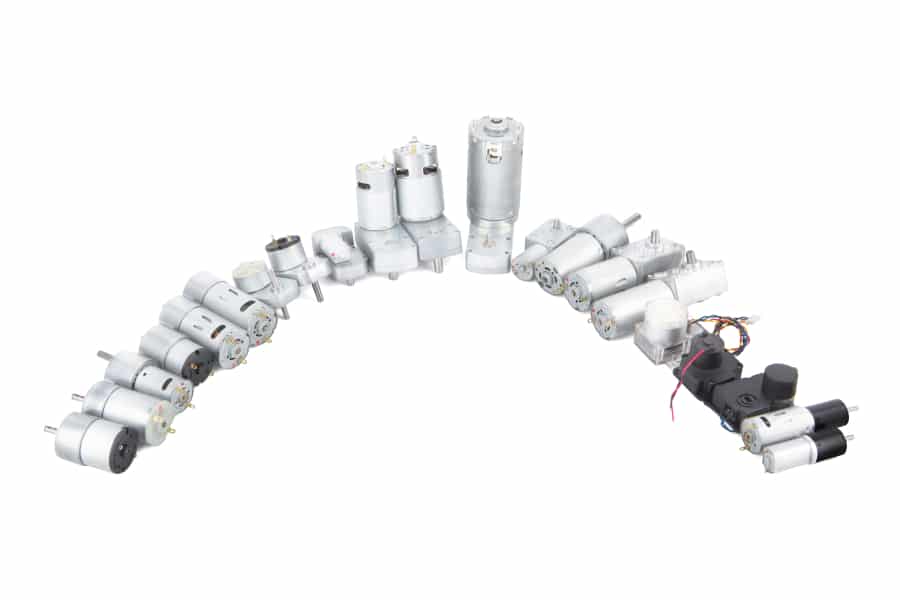
Comparing Popular Small Gear Motor Types
Small gear motors come in all shapes and flavors, and knowing their differences can save you a world of trouble. Let’s put the most popular small gear motor types side by side—straight from Etonm Motor’s toolbox—and see what makes each one tick.
Planetary Gear Motors
These are the heavy hitters in a tiny package. With gears orbiting like planets (hence the name), they deliver top-notch torque and precision in a compact size. Need a small gear motor for robotics that won’t miss a beat? Planetary’s your guy. They’re pricier, sure, but they last and shine in tight, high-stakes jobs.
Worm Gear Motors
Worm gears take a different vibe—think affordable and quiet. Their right-angle setup is perfect for vending machines or security gadgets where noise is a no-go. Planetary vs worm gear motor? Worm’s lighter on the wallet but slower and less beefy, so don’t expect it to haul heavy loads.
Flat and Round Gear Motors
Flat Gearbox Motors are the space-savers—slim enough for smart home switches or locks. Round Gear Motors, though, are the jack-of-all-trades, popping up in electric valves or dispensers with solid versatility. Flat’s a ninja in cramped spots; Round’s your go-to when flexibility rules.
Each type’s got its edge. Match it to your project, and you’re golden—let’s dig into the specs next.
Key Specs That Set Them Apart
Types are one thing, but the real differences between small gear motors show up in the nitty-gritty specs. Whether you’re picking for a smart home tweak or a robotics gig, these details decide if your motor’s a champ or a chump. Here’s a gear motor comparison straight from Etonm Motor’s playbook.
Torque is the biggie—how much twisting power you get. Planetary Gear Motors crank out high torque in a small footprint; think lifting a robotic claw without breaking a sweat. Worm Gear Motors, though, trade torque for affordability—they’re solid for lighter loads like a security camera pivot but won’t flex as hard.
Speed’s another splitter. Planetary motors can zip along when tuned right, while Worm gears crawl—great for slow, steady jobs but not if you need quick spins. Flat Gearbox Motors strike a middle ground, and Round ones adapt depending on the gearbox ratio.
Efficiency and noise seal the deal. Brushless small gear motors (a Planetary fave) run cooler and longer, perfect for medical tools. Worm’s quiet but less efficient; Flat’s a stealthy pick for cramped spots. At Etonm, we’ve dialed these in for years—torque monsters, silent runners, you name it. Next, let’s see how we can hook you up.
Choosing the Right One with Etonm Motor
So, you’ve seen how small gear motors differ—types, torque, speed, the whole shebang. Now comes the fun part: picking the one that fits your project like a glove. That’s where Etonm Motor rolls up our sleeves. We’re not just tossing out off-the-shelf motors; we’re in the game of making them work for you.
Need a Planetary Gear Motor with extra oomph for a robotics arm? We can tweak it to your exact specs. Got a smart home project begging for a whisper-quiet Flat Gearbox Motor? We’ve dialed that in for tight spaces plenty of times. From Worm Gear Motors for budget-friendly security setups to Brushless options that hum along in medical gear, our small gear motors are built to match your vibe—whether it’s power, silence, or size.
Curious about what we’ve got? Take a peek at our Micro DC Motors—a solid starting point for your next build. At Etonm, we’ve spent years perfecting these little beasts so you don’t have to sweat the details. Got a wild idea or tricky need? Hit us up—let’s craft something that moves just right.
Conclusion
Picking between small gear motor types doesn’t have to feel like a coin toss. We’ve walked through the differences between small gear motors—Planetary’s torque-packed precision, Worm’s budget-friendly hush, Flat’s slim fit, and Round’s go-anywhere grit. Specs like speed, efficiency, and noise? They’re the tiebreakers that match your robotics rig or smart home fix to the perfect motor. Knowing these quirks means no more guessing—just smarter choices.
At Etonm Motor, we’re all about turning that knowledge into action. Our lineup’s got the variety and custom tweaks to fit your wildest ideas, from medical tools to vending machines. Ready to find your match? Check out our custom motor solutions or drop us a note with your project’s needs. Don’t let a mismatched motor slow you down—grab the right one and get moving today!
Related Reading
- Introduction of 12V DC Micro Motor Products
- Why Choose 24v Small DC Motors?
- Brushless DC Motors vs. Brushed DC Motors: Key Advantages
- Exploring Types of Micro Motors and Their Future Trends
- Planetary Gear Motors vs. Spur Gear Motors: Which Wins?
- Spur Gear Motor vs. Worm Gear Motor: Which Is Best?
- Helical Worm Gear Motor vs. Worm Gear Stepper Motor
- Gear Motor vs DC Motor vs Stepper Motor: Key Differences
- Mini DC Motor Selection Guide
- Valve Motor Guide: Types and Uses by Etonm Motor

